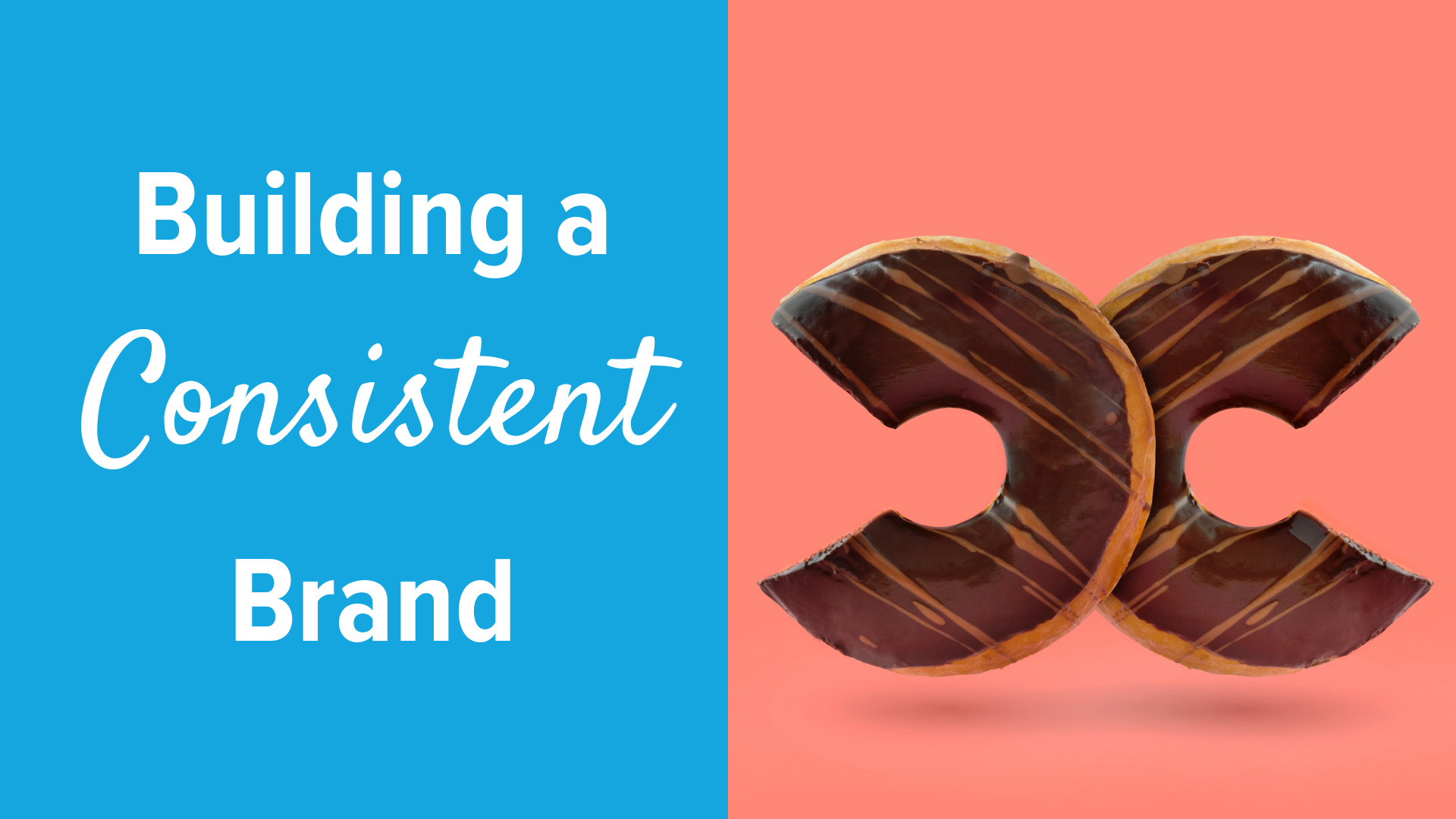
Building a Consistent Brand
30. November 2017
We already know that organizing our online content can help boost SEO and social media shares, but did you know it can also impact your brand?
That's right. If your content isn't well-organized, it can negatively affect your brand's integrity. Keeping your brand cohesive is important for building customer trust and recognition.
Here's the good news: by organizing your digital content, you can maintain a consistent brand and protect your media across the web. Plus, you'll have an easier time finding and sharing all your files when you need them.
When we talk about organizing content, this includes your own internal system, content on your website such as tags and categories, as well as other places on the web.
If you have a lot of files, even creating a behind-the-scenes system can seem daunting let alone across the entire internet realm.
Take a few deep breaths and we'll tackle this together.
Online Branding and Building a Consistent Brand
With digital asset management, you can create an archive to manage all your visual content including images, graphics, videos, and everything else.
You can also create a database to manage your content more efficiently. This is where the important part comes in: each content should travel with metadata information.
When we think of metadata, we usually only think of titles, tags, descriptions, and images. However, you can also add copyright, restrictions, and other code to your content's metadata.
Ensure a Consistent Brand
As a brand guardian, you can monitor your branding across the web. You want your audience exposed to consistent elements each time they view your content.
By creating an organized media bank, you can limit people's control over your content's branding. Plus, everything will be accessible in one convenient location.
- Track how files are used: You can easily view where your files are being used and who is using them.
- Manage or revoke usage: Manage or revoke usage of your assets as you please or set an expiration date.
- Utilize metadata: Describe your assets with detailed metadata to keep your titles, brand, and information consistent across the web no matter where they're used.
- Control who has access: You can invite other parties to view, edit, or use your content through email entirely at your discretion.
Easily Access Content
By building a media bank, you can easily access your content any time and any place. This means you'll be able to share and re-share visual files on your own terms with whoever you choose.
You should be able to search files using a variety of parameters so you'll never misplace anything important because you can't remember a title or date. You'll also have control over who can access your files and when.
- Tag and organize: Import folders or create new ones. Tag your content and create a searchable media bank for yourself and any other users.
- Add searchable text: Don't want to use metadata? That's okay because you can add different searchable text throughout all of your content.
- Use files anywhere: After building a media bank, you can easily export your files across a variety of platforms without sacrificing any quality.
- Encourage communication: You can turn on commenting or quickly send a permalink to any user.
— "If you want to control your digital brand and maintain integrity, the first thing you should do is organize your content."
You'll want to make sure you and your team can easily access your digital assets behind the scenes, enabling smooth collaboration. You'll also want your users to easily navigate and search your content.
By utilizing digital asset management, building a media bank, and employing certain software, you can create a searchable archive to maintain your branding for years to come!


